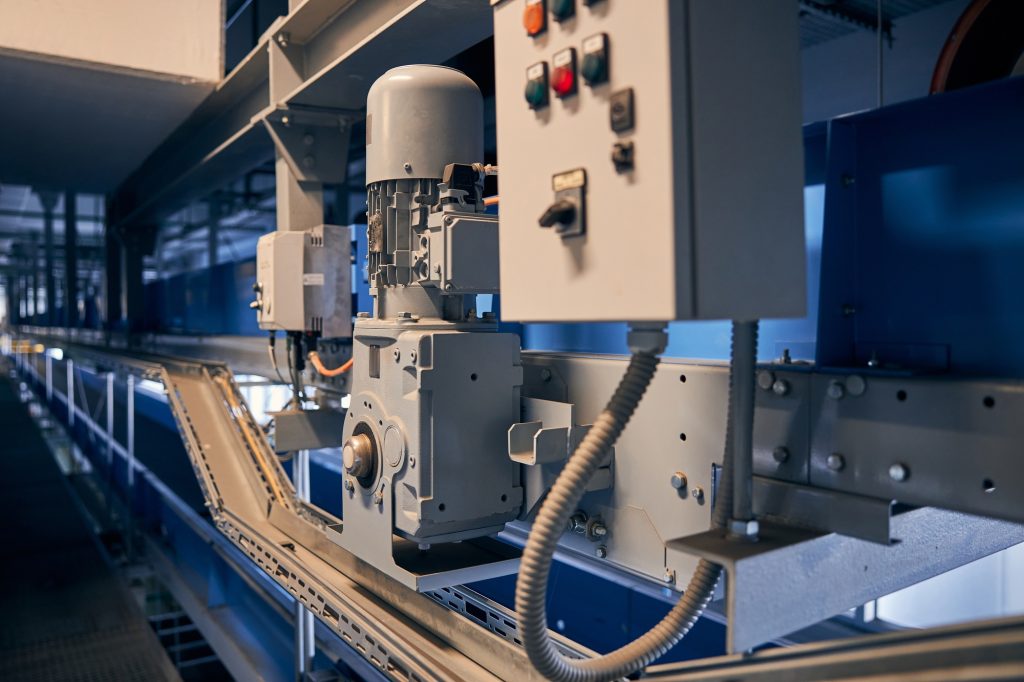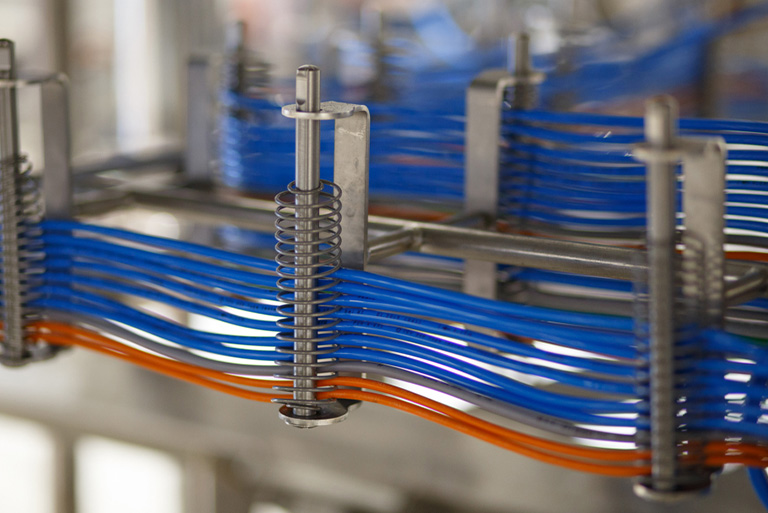Introduction
Choosing the right conveyor system is crucial for optimizing the efficiency and productivity of your operations. With a wide variety of conveyor types available, it can be difficult to determine which one best meets the specific needs of your industry.
This comprehensive guide will walk you through the process of selecting the right conveyor system, comparing different types to ensure you make the most informed decision for your business.
Whether you are in manufacturing, logistics, or any other industry that requires material handling, this guide is tailored to help you achieve operational excellence.Learn how to choose the best conveyor for your industry with this comprehensive guide and comparison of conveyor types.
What is a Conveyor System?
A conveyor system is an essential material handling solution used to move goods and products efficiently within an industrial environment. Conveyor systems streamline the movement of products from one point to another, reducing manual labor and increasing operational speed. They are widely used in warehouses, manufacturing plants, airports, and other sectors that require constant and high-volume movement of goods.

Key Factors to Consider When Choosing a Conveyor System
When selecting a conveyor system, there are several factors that need to be considered to ensure it aligns with the operational needs of your industry. These include the type of material you’re transporting, the layout of your facility, and the level of automation you require.
One important consideration is the capacity of the conveyor. Ensure that the system can handle the volume of goods you need to move within a specific time frame. Additionally, consider the environmental conditions in which the conveyor will operate, such as temperature, humidity, and exposure to chemicals, which may influence the type of materials used for construction.

Types of Conveyor Systems: A Detailed Comparison
There are various types of conveyor systems, each designed to meet the unique needs of different industries. Below, we compare some of the most common types, detailing their advantages and potential applications:
- Belt Conveyors: Belt conveyors are the most common type of conveyor system, known for their versatility and ability to handle a wide range of products. They are suitable for moving bulk materials, packaged goods, and lightweight items over long distances. The smooth surface of the belt minimizes friction, ensuring the safe movement of goods. Belt conveyors are ideal for applications where products need to be moved horizontally or inclined.
- Roller Conveyors: Roller conveyors are typically used in environments where products are placed on rollers, allowing for easy movement without the need for a motorized belt. They are often used for heavier items, as the rollers can support substantial loads. Roller conveyors are perfect for environments that require gravity-powered movement or minimal automation.
- Slat Conveyors: Slat conveyors are designed to handle large and heavy materials that require more robust support. The system consists of slats, typically made of metal or plastic, which provide a solid surface for moving large items. They are commonly used in industries such as automotive manufacturing, where heavy components need to be moved efficiently along an assembly line.
- Screw Conveyors: Screw conveyors use a rotating helical screw blade to move materials, making them ideal for transporting bulk materials like grains, powders, or liquids. These conveyors are commonly used in food processing, agriculture, and chemical industries due to their ability to handle both wet and dry materials.
- Overhead Conveyors: Overhead conveyors are mounted on the ceiling, allowing products to be moved above the floor space, which is beneficial for facilities with limited floor space. These systems are commonly used in industries like automotive assembly lines, where high volumes of items need to be transported while minimizing floor space usage.
How to Make the Right Choice: Matching Conveyor Types with Industry Needs
When selecting a conveyor system, it’s essential to match the system with the unique requirements of your industry. For example, food production facilities may need stainless steel conveyors that can withstand high-pressure washing and resist corrosion. On the other hand, industries like logistics may require automated conveyors that integrate with sorting and packaging systems to maximize throughput.
Additional Considerations When Selecting a Conveyor System
Beyond just the type of conveyor, consider additional features such as speed, power consumption, ease of maintenance, and integration with other equipment. For instance, if your operation requires quick movement of materials, a high-speed conveyor may be necessary. Also, look for systems that offer energy efficiency, reducing the operational cost over time. Maintenance requirements and parts availability are also essential for ensuring your system remains operational without significant downtime.

Conclusion
Selecting the right conveyor system for your industry is a key factor in optimizing your operational efficiency. By understanding the different types of conveyors and their advantages, you can make a more informed decision tailored to your needs. Whether you’re looking for a belt conveyor for general use or a specialized slat conveyor for heavy-duty applications, ensuring the system fits your operational requirements will lead to smoother processes and long-term benefits for your business.
If you’re ready to streamline your operations and improve material handling efficiency, contact us today for expert guidance on selecting the right conveyor system for your industry. Our team is here to help you make the best decision based on your specific needs.





